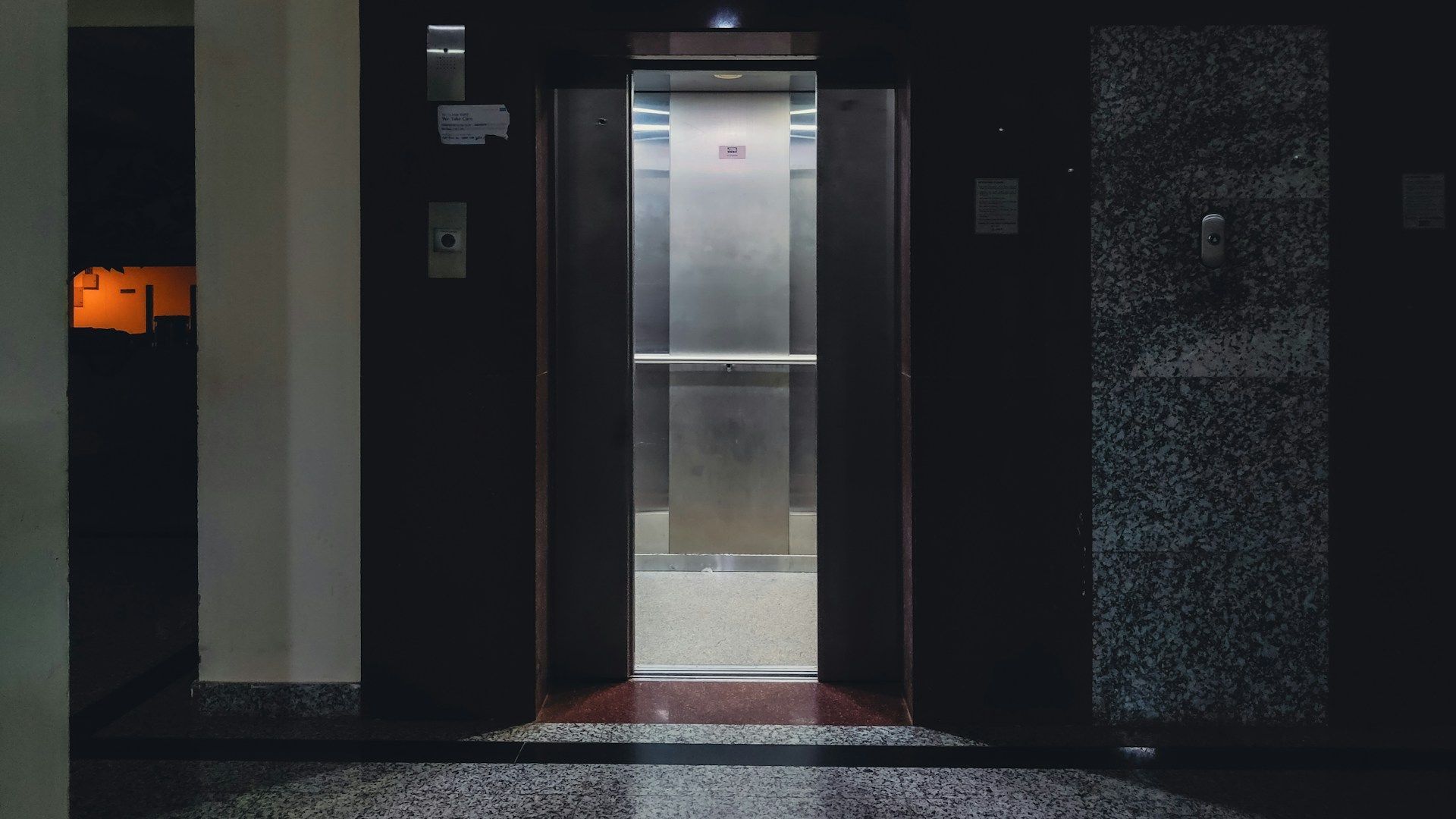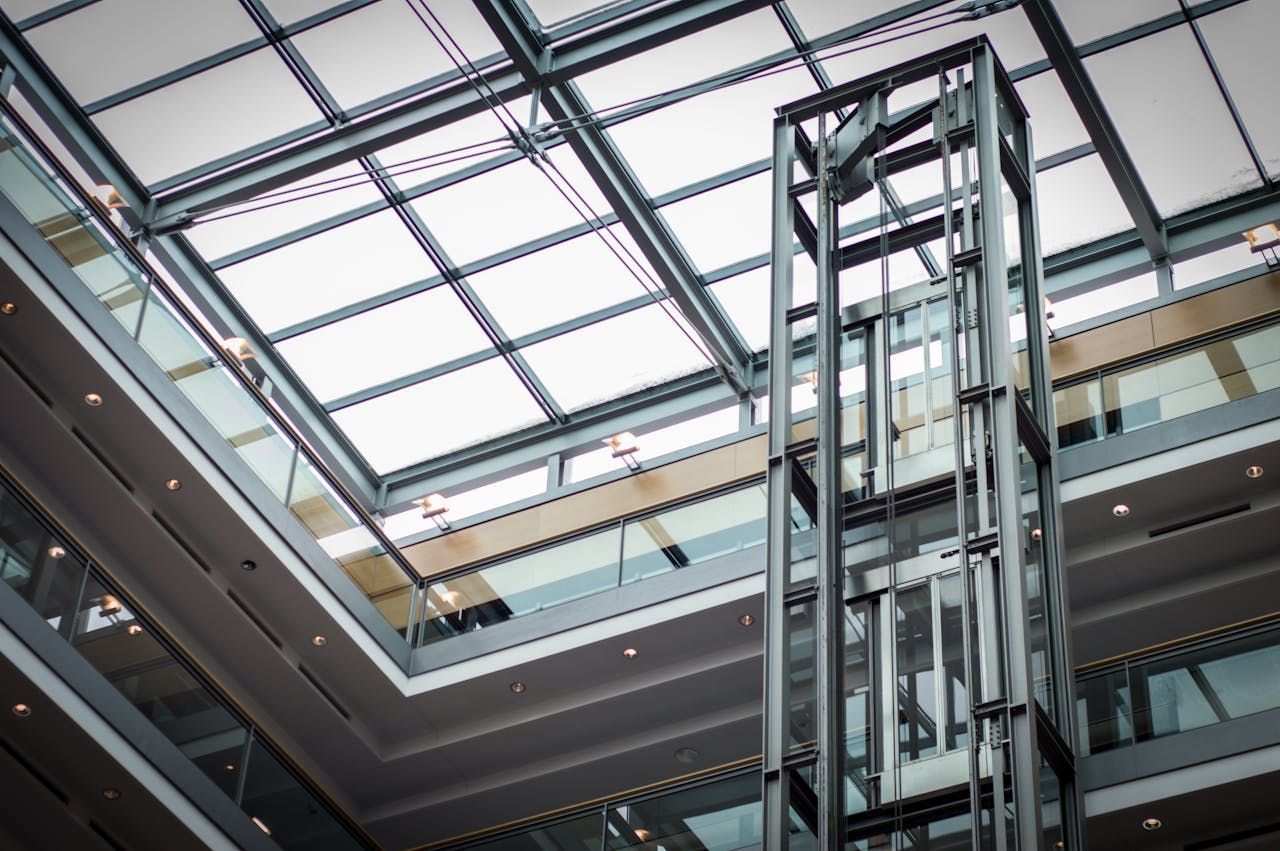The Process of Installing a New Elevator Explained
Installing a new elevator is a significant project that requires careful planning and execution. Ensuring the safety and efficiency of the elevator involves multiple steps, from the initial consultations to the final certifications. Understanding these steps can make the process smoother and help you know what to expect.
By understanding these stages, building owners and managers can better navigate the complex process of installing a new elevator, ensuring a successful and efficient project.
Initial Planning and Consultation
The first step in installing a new elevator is the initial planning and consultation phase. This involves assessing the building’s requirements. Different buildings have different needs based on size, usage, and structure. For instance, a high-rise apartment complex will have different needs compared to a small office building. Understanding these requirements helps in choosing the right type of elevator that will function efficiently and be cost-effective.
Next, we need to choose the right type of elevator. Several options are available, such as traction elevators, hydraulic elevators, and machine-room-less (MRL) elevators. Each type has its own advantages and suits different building types. For example, traction elevators are great for tall buildings because they use less energy and are faster. On the other hand, hydraulic elevators are more suitable for shorter buildings. Making the right choice is crucial for long-term satisfaction and performance.
Budgeting and setting timelines are also important aspects of this phase. Knowing the total cost of the elevator installation, including materials, labor, and permits, helps in making informed decisions. Timelines should be realistic to avoid any delays or additional costs. Setting a clear budget and timeline from the beginning ensures the project proceeds smoothly and stays within financial limits.
Design and Engineering
Once the initial planning is completed, the next step is the design and engineering phase. Customizing the elevator design according to the building’s needs is crucial. This includes selecting the materials, finishes, and any special features like advanced control panels or eco-friendly options. A customized design ensures that the elevator blends seamlessly with the building's architecture and meets all user needs.
Meeting safety and regulatory standards is another critical part of this phase. Elevators must comply with local, state, and federal regulations to ensure safety and reliability. This includes adhering to codes set by organizations like the American Society of Mechanical Engineers (ASME) and the Occupational Safety and Health Administration (OSHA). Regular updates and modifications to these regulations mean that staying compliant is an ongoing responsibility.
Collaborating with architects and engineers ensures that the elevator system integrates well with the building’s overall design. This teamwork helps in addressing any structural challenges and planning for necessary adjustments. Detailed blueprints and 3D models are often used to visualize how the elevator will fit and function within the building. Effective collaboration results in a design that is both functional and aesthetically pleasing, ensuring a successful installation.
Construction and Installation
The construction and installation phase is where all the planning and design come to life. The first step is preparing the elevator shaft. This involves clearing the existing space and making sure it meets all the specifications laid out during the design phase. Proper preparation of the shaft is crucial for the elevator to operate smoothly and safely. It includes making necessary structural reinforcements and ensuring the space is clean and ready for installation.
After preparing the shaft, the next step is installing the mechanical and electrical components. This is a detailed process where the hoistway equipment, such as rails and supports, is installed first. Following that, the elevator car and counterweight get situated in the shaft. Electrical work comes next, including wiring the control panels and ensuring all electronic components are connected properly. This step must be done with great attention to detail to avoid future malfunctions and ensure safety.
The final part of this phase is assembly and adjustment. The newly installed elevator is put through several adjustment processes to ensure everything works perfectly. This includes aligning the doors, testing the control systems, and making sure the ride is smooth and efficient. Any minor issues found during this stage are fixed promptly to ensure the elevator is ready for use.
Testing and Certification
Once the construction and installation phase is complete, the elevator undergoes rigorous testing and certification. Thorough inspections are conducted to check the quality of the installation. These inspections cover all aspects of the elevator, from the mechanical components to the electrical systems. Inspectors look for any signs of faulty installation or issues that could compromise safety.
After passing the initial inspections, safety tests are performed. These tests ensure that the elevator operates safely under various conditions. This includes testing the emergency brakes, door sensors, and communication systems. The safety tests are crucial as they verify that the elevator can handle daily use without any hazards.
Finally, obtaining certification and permits is the last step before the elevator can be officially used. The elevator must meet all local, state, and federal regulations, and the certifications prove that it does. Permits are then issued to allow the elevator to operate legally. This process guarantees that the elevator is safe, reliable, and ready for service.
Conclusion
Installing a new elevator is a complex process that involves multiple steps, from initial planning and design to construction and final certification. Each stage is crucial to ensure the elevator operates smoothly and safely. Understanding these stages helps building owners and managers make informed decisions and ensure a successful installation.
Keeping the elevator system functional and up to date is vital for the safety and convenience of all building occupants. Whether it's assessing building requirements, customizing designs, or ensuring compliance with safety standards, every step in the process requires careful attention to detail.
For expert guidance and seamless
elevator installations, reach out to Elevator Solutions Inc. Our experienced team can help you through every step of the process, ensuring your new elevator meets all safety standards and serves your building efficiently. Contact us today to get started on installing a reliable and safe elevator system.



